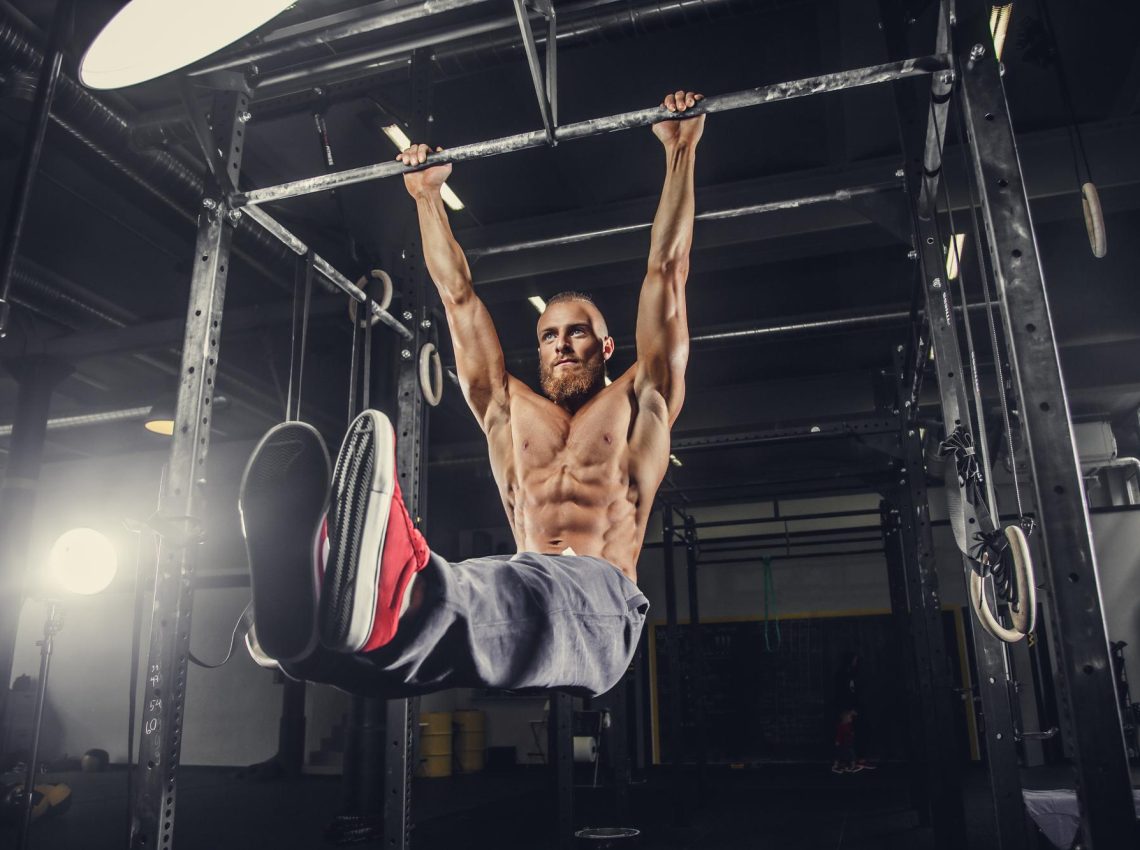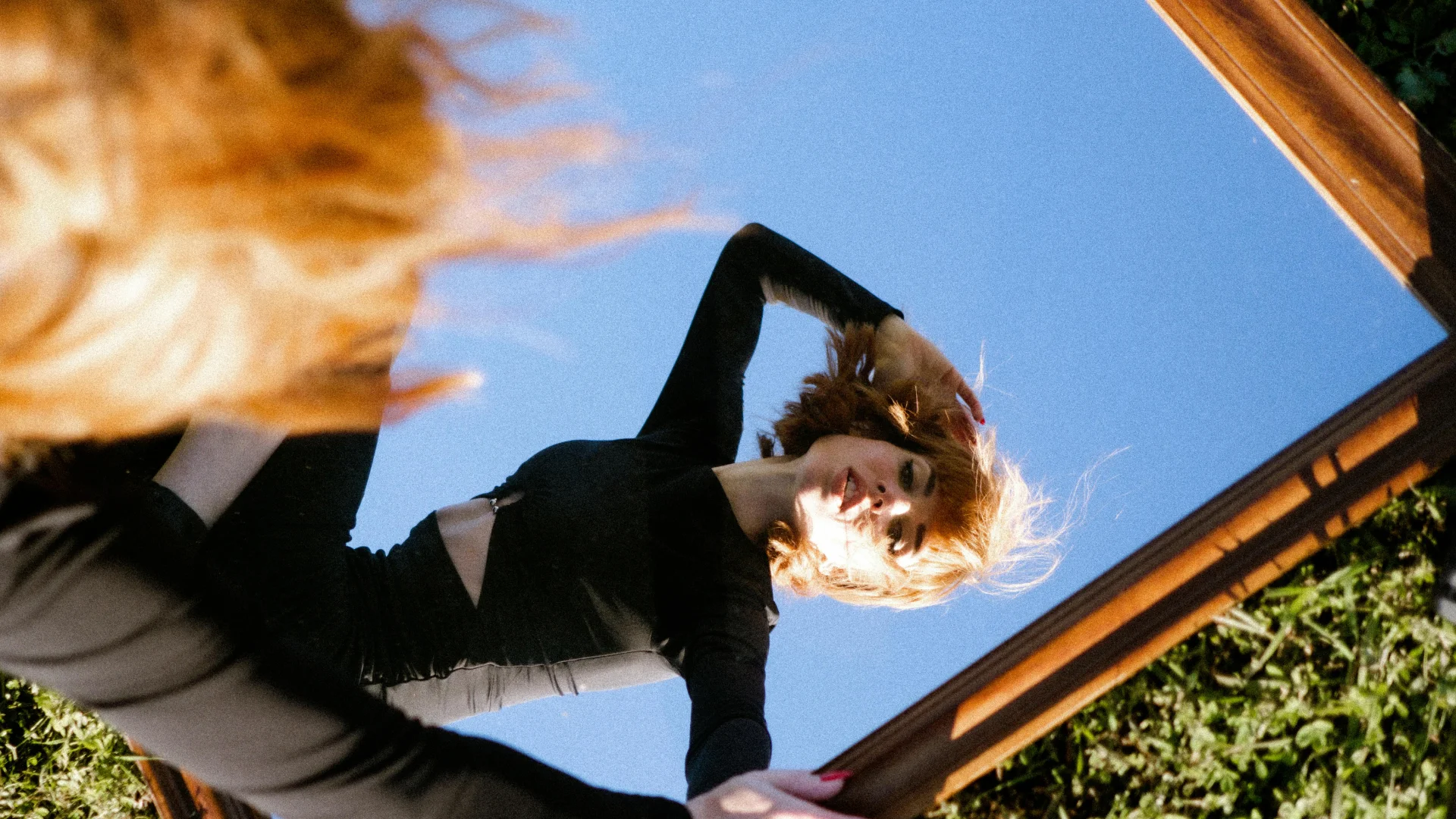What Is Callisthenics – And Should You Be Doing It?

Callisthenics is a style of training that uses your bodyweight to build strength, flexibility, and endurance. It’s simple, low-cost, and incredibly accessible—no fancy equipment or gym required.
The Basics
Some of the most common callisthenics moves include:
- Push-ups
- Bodyweight squats
- Chin-ups
- Burpees
- Lunges
As you progress, you can work your way up to advanced moves like:
- Muscle-ups – pulling yourself above a bar in one smooth motion
- Flagpole holds – gripping a pole and holding your body out horizontally
Callisthenics routines often involve high reps, which makes them a mix of strength and cardio. Unlike traditional weightlifting—where the goal is often to lift heavy with fewer reps—callisthenics builds endurance and control alongside strength.
A Training Style With Ancient Roots
Callisthenics has been around for centuries, reportedly inspired by training methods used by ancient Greek soldiers. The term itself comes from the Greek words kallos (beauty) and sthenos (strength). It gained popularity in the 1800s and has stuck around for good reason.
These exercises mimic natural movement—just think of kids swinging on monkey bars or climbing at the playground. That’s callisthenics in its rawest form.
Why Try Callisthenics?
What you get out of it depends on how you approach it. Done right, callisthenics can:
- Improve body composition
- Build muscular strength
- Boost posture
- Help manage body fat and blood sugar levels
- Combine strength and cardio into one efficient workout
Studies suggest that callisthenics may outperform some other forms of exercise (like Pilates) for managing diabetes and improving lean muscle mass, especially in athletes like soccer players. While it hasn’t been definitively proven to be better than other training methods, it’s certainly more effective than doing nothing—and often easier to stick with.
Are There Any Downsides?
Callisthenics isn’t without its limitations.
- Hitting a Plateau: Progress can be tricky. Unlike lifting weights, where you can gradually add resistance, moving from one bodyweight exercise to a harder one (e.g., push-ups to one-arm push-ups) can feel like a huge leap.
- Building Big Muscles: If your goal is serious hypertrophy (big gains), you may need to incorporate traditional strength training with free weights or machines.
- Flexibility: Bodyweight training alone may not significantly improve your range of motion. One 2023 study found no notable flexibility gains from resistance workouts that only used bodyweight.
Also, there’s a lack of long-term research comparing callisthenics head-to-head with other fitness styles—so we’re still learning how it stacks up over time.
Is Callisthenics Right for You?
That depends on what you want:
- Want to build serious strength? Consider lifting heavy.
- Looking to bulk up? Push close to failure in your sets.
- Trying to lean out? Nutrition comes first, but cardio, strength—or both—will help.
- Short on time or gym access? Callisthenics is your best friend.
Whether you’re working out at a local park, using outdoor gym stations, or just exercising on your Airbnb balcony, callisthenics offers a convenient way to stay fit.
Bottom Line
Callisthenics is a powerful tool—especially if you’re after a budget-friendly, no-equipment-needed workout. But for most people, it works best as part of a broader training routine. Pair it with traditional strength or mobility work for the best all-around results.










